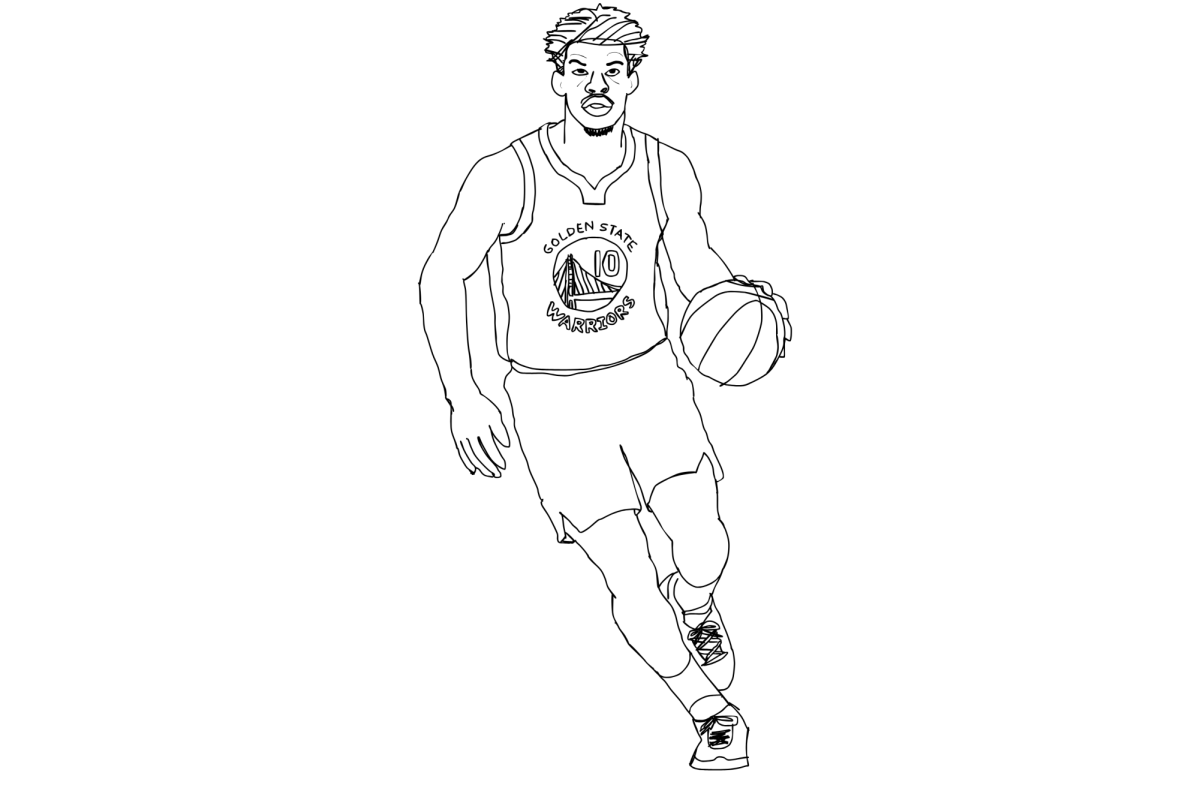As a ‘90s kid, I grew up watching the Walt Disney channel.
My favorite show, which was set in San Francisco, was “That’s So Raven.”
It resonated with me because she was one of the few actresses on my favorite network that looked like me. Her character was funny, smart, goofy, crazy and addressed topics on the show that very few others dared to. Some episodes talked about body image issues, racial issues in the workplace and other social issues I found myself relating to.
“That’s So Raven” showed me it was okay to be myself and to stand up to things I didn’t agree with. It provided me with someone to look up to and created a positive outlet.
Diversity in media matters because accurately representing marginalized groups of people in positive lights brings people together and also displays that sense of belonging that we all crave. We all find comfort in seeing people who look like us on platforms that are important and influential because it makes us feel like we are not invisible in society.
“I think that it just makes us feel seen,” Chardonay Graham, SF State cinema student, said. “Many times, seeing other people of color in a positive light gives children a role model.”
“For example, when ‘Hidden Figures’ was made, that was a positive role model for black girls who realized being a scientist or being good at math isn’t something unreachable,” said Graham.
According to the Institute for Diversity and Empowerment at Annenberg (IDEA) at USC Annenberg report, “African-American, Hispanic/Latino, Asian, Middle Eastern [actors] represent 28.5 percent of all speaking characters on screen, despite being 37.9 percent of the US population (almost 10 percent discrepancy).”
[media-credit name=”Graphic by Janel Jackson-Oliver” align=”alignleft” width=”495″] [/media-credit]
[/media-credit]
Diversity in media has grown over the years, but many still place minorities in demeaning stereotypes or lesser roles.
African Americans and Latinx (a gender-neutral term for individuals with cultural connections to Latin America or of Latin descent) characters are often portrayed as criminals, “the help” or sexualized. Asians are often portrayed as sidekicks and Middle Eastern actors as threats.
“What is shown over and over again is the worst of us,” Dave Cook, SF State’s ethnic studies lecturer, said. “If you start to show black people in a different type of light, we start to associate ourselves in a different way.”
It’s not only important to see yourself represented on TV screens, but also to have that representation accurately illustrated, and not just in a negative light.
Daniel Bernardi, SF State cinema professor, believes that there are more people now willing to stand up for diversity in media.
“What is different today is that we have more producers and directors willing to challenge the hegemony of whiteness (and patriarchy) in Hollywood,” said Bernardi. “Not enough, but more than any other period of Hollywood history.”
Bernardi believes that the media is restricted to casting less diverse characters because they are stuck to its business model.
“The entertainment industry remains committed to putting ‘butts in seats,’ and they’ve calculated that margins are more favorable when stars pass as white,” Bernardi said.
The Creative Artists Agency (CAA) looked at 413 theatrical films released from January 2014 through December 2016 and challenged the media industry’s notion that more diverse films do not bring in revenue like non-diverse films do, according to a LA Times article.
It says, “a film with a cast that is at least 30% non-white — CAA’s definition of a ‘truly diverse’ film — outperforms a [film] release that is not truly diverse in opening weekend box office.”
Hit shows and films like “Insecure”, “Black-ish,” “How to Get away with Murder,” “Moana,” “Orange is the New Black,” “Girl’s Trip,” “Moonlight” and “Jane the Virgin” are all examples of how profitable diverse films/shows can be and the need for them.
Diversity in media matters because it sheds a light on an otherwise underrepresented community and gives a voice to the otherwise voiceless.
“That’s So Raven” gave the 8-year-old me with very limited options to choose from a chance to see a black female lead. To continue to fight to include inclusiveness for future generations, this must continue.






